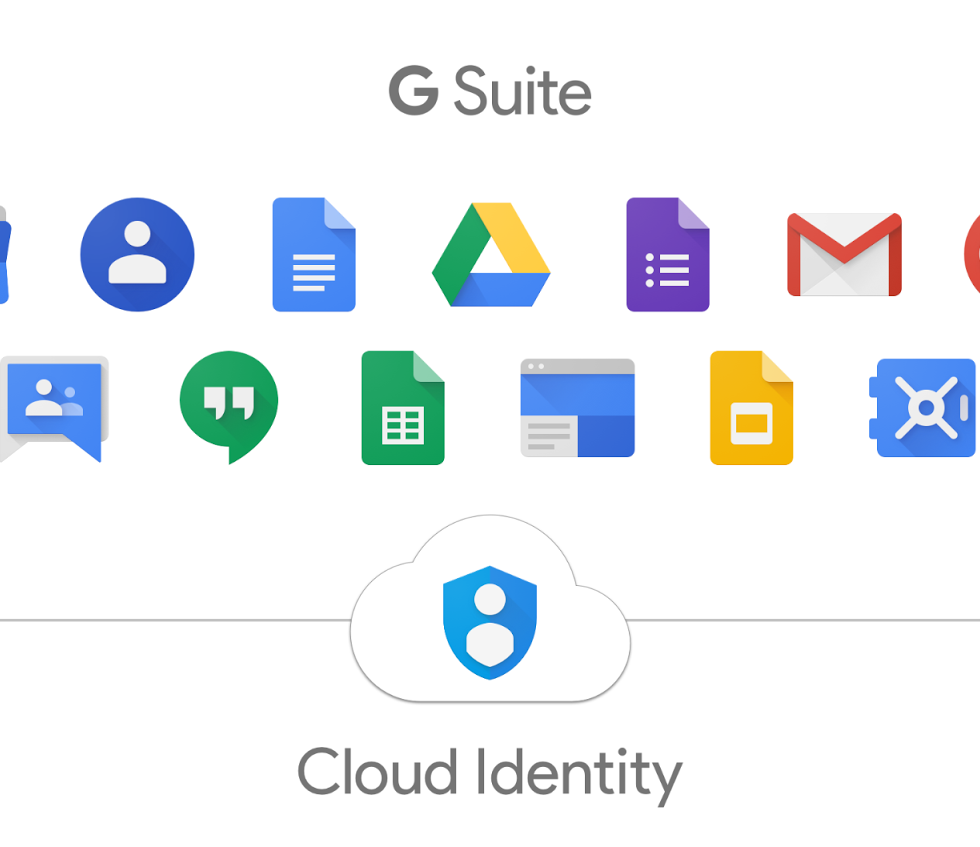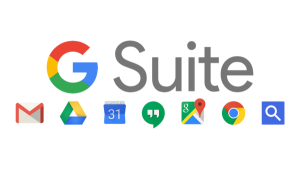Why does G Suite keep kicking into Microsoft’s goal post? #GoogleCloudNext19


Watching the G Suite news coming out of Google Cloud Next 2019, I had my Michael Corleone moment that took me back to my old stomping ground: employee engagement and workplace performance.
I was hoping that we wouldn’t see Google trying to out Microsoft at Microsoft’s own game but that’s what we got. “More collaboration insights in the Activity dashboard, New security assessment program for apps on G Suite Marketplace, Gmail making email more secure with MTA-STS standard, Get more done in less time with G Suite Add-ons beta, Google Voice for G Suite: Cloud telephony with the intelligence and security of Google Cloud”
Not shockingly, the incremental updates to G Suite were awesome engineering feats. But Google had the chance to entirely shift the goal post by re-imagining a better “what” this time. Instead, what we got another attempt at a better “how” by pitting product features against Office 365.
Ditto for the go to market messaging gleaned from session titles:
“Learn about G Suite’s newest app: Currents! Large organizations are increasingly dispersed, and as they grow communication and knowledge sharing often become more difficult to navigate. Adapting existing productivity tools to maintain a sense of community can be challenging—employees struggle to connect with each other, leaders are unable to get feedback and drive alignment, and content and knowledge remain trapped in silos.“
Knowledge sharing, connecting employees, breaking silos.
2001 called. She wants her value prop back.
So, what does more “what” look like?
- Frontline Work: Upskill America estimates that over 24 million workers just in the US are front line workers. Many of these workers have one job in huge industries such as retail, logistics and healthcare. Sitting at the very last mile of the customer experience, they are the face of a company’s brand. Yet these workers today do backflips to make desktop worker optimized HRIS and employee engagement systems work for them. The mobile-only front-line worker needs a very different design paradigm to be the best that she can be.
- Shift Work: Approximately two in five workers in the US work during nonstandard times. Shift workers work in jobs that go 12-24 hours. Each job requires 2 to 3 people to cycle in. And shift workers often have multiple employers. There is a significant gap and inefficiency in how they get found, how they get scheduled, how they perform and in turn, how their performance is measured, and how they get marketed to potential employers. The Population Reference Bureau estimated that the occupations of these workers will have the largest projected growth rate over the next decade. That’s a hunk of TAM.
- Unstructured work modalities are hugely underserved. The design metaphor for tools such as GSuite, Office 365, Asana and others serve a structured work modality: task management, spreadsheet creation, workflow, etc. The reality is that these tools are great after the collaboration to generate and firm up ideas has already taken place. They work great when its time to break up tasks and get them done, to model out costs, or document decisions, or present plans made. What’s missing is the ability to support the integral steps that form the basis of the task – whiteboarding, ideation, planning, organizing thoughts. Massive industries such as Professional Services, Industrial and other Design, CAD/CAM all rely on these crucial precursor phases before “work” is remotely ready to go into a spreadsheet for costing, or a presentation for funding.
 The tragedy in all of this is that Google does have the best capabilities, the best real-time interplay and the absolute best NLP in the market. All sitting atop GCP which remains the best-kept secret on Planet Enterprise. Thanks in part to GCP and in part to the genius of Kahuna co-founder and CTO Jacob Taylor and his team, at Kahuna we on-boarded 80 million consumers in a single day, with zero dev ops support.
The tragedy in all of this is that Google does have the best capabilities, the best real-time interplay and the absolute best NLP in the market. All sitting atop GCP which remains the best-kept secret on Planet Enterprise. Thanks in part to GCP and in part to the genius of Kahuna co-founder and CTO Jacob Taylor and his team, at Kahuna we on-boarded 80 million consumers in a single day, with zero dev ops support.
And yet, Google misses the forest for the trees by deploying these maddingly sophisticated resources only towards improving the “how”, vs re-imagining the “what”.
This playbook of shifting the goalpost works. At SuccessFactors / SAP, we shifted the goal post by offering functionalized collaboration to solve very discrete problems in Sales, Marketing, IT and HR. And as a result, we drove revenues up well over 20-fold and subscription 5-fold in just 12 quarters. And we changed the narrative for collaboration which added significant sales and marketing velocity.
So, question the prevailing premise.
Look, this doesn’t need to be an either / or game. Given the astonishingly good numbers we’ve seen from Google’s historical focus on education, the horizontal long game can work. But Google has all the pieces to re-cast the narrative and see returns now. And with Thomas Kurian at the helm, they have the street cred to build real enterprise SaaS software that solves real business problems, for huge markets.
I’m rooting for you, Goog.
=============
As I was doing some research for this post, these were some of my favorite posts on the event.
- Mike Melanson of The New Stack brings a very compelling developer angle
- Holger Mueller of Constellation Research covers the infrastructure and security elements but ventures into apps and SaaS.
- Ron Miller at TechCrunch and Kurt Marko at Diginomica go for the jugular and take on the AWS vs GCP analysis, head on.
- Finally, Frederic LardInois at TechCrunch has an in-depth interview with David Thacker, VP of Product for G Suite on Currents – Google’s newest shot at horizontal enterprise collaboration.
Subscribe to this Blog via Email
Written By: Sameer Patel
SVP, Enterprise Social and Collaborative Software, SAP